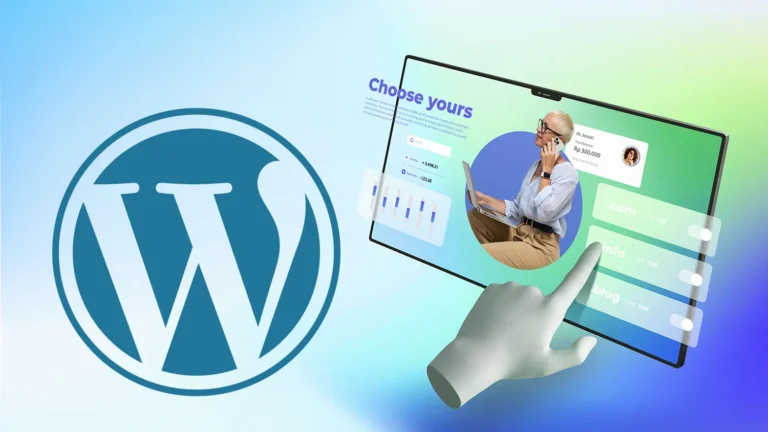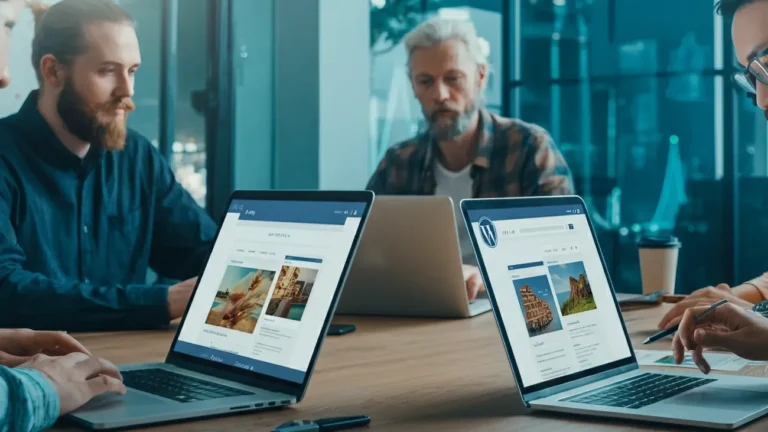LinkedIn is a highly effective platform for generating clients outside of traditional marketplaces. Whether you’re a freelancer, entrepreneur, or part of a small business, following the right process can help you secure long-term Generating clients on this platform. With over 900 million members globally, LinkedIn offers unparalleled networking opportunities and client outreach capabilities. In today’s article, I’ll share 10 super-effective tips for client hunting on LinkedIn to help you get started.
Let’s dive in!
LinkedIn Tip 01: Optimize Your Profile to Attract Clients
Your LinkedIn profile is your digital resume. A polished, professional profile grabs potential Generating Generating clients’ attention at first glance. Here’s how to optimize it:
- Profile Photo: Use a formal, high-quality photo where you look approachable and professional.
- Headline: Add three relevant keywords that describe your skills and expertise. Example: “SEO Expert | Content Marketer | WordPress Developer.”
- Bio: Write a detailed summary highlighting your experience, key skills, and services. Include measurable achievements and client success stories if possible.
- Portfolio: Upload an updated portfolio or resume that showcases your work. Generating Clients often check this to assess your capabilities.
- Recommendations: Ask previous clients or colleagues for LinkedIn recommendations to build credibility.
- Education and Certifications: Add details about your degrees, training, and relevant certifications to make your profile more robust.
LinkedIn Tip 02: Expand Your Network Strategically
A broad and targeted network can open doors to endless opportunities on LinkedIn. Here’s how to grow your network effectively:
- Connect with Similar Professionals: Find and connect with professionals in your niche to learn from their insights and reach mutual Generating clients.
- Leverage Network Suggestions: Use LinkedIn’s “People You May Know” feature to send connection requests to potential clients or industry leaders.
- Search Bar Power: Look up specific companies, roles, or individuals you’d like to connect with.
- Join Niche-Based Groups: Engage in LinkedIn groups relevant to your field to find like-minded professionals and potential clients.
- Engage with Visitors: Regularly send connection requests to those who visit your profile.
LinkedIn Tip 03: Utilize the “Featured” Section for Showcasing Work
LinkedIn’s “Featured” section is a prime spot to display your best work. Since it appears at the top of your profile, it ensures maximum visibility.
- Upload Samples: Include a sample for each service you offer, like blog posts, designs, or case studies.
- Certifications and Awards: Highlight any certifications, accolades, or industry recognitions you’ve received.
- Keep It Public: Adjust your privacy settings to make your featured section visible to all users.
LinkedIn Tip 04: Make Your Availability Known
Freelancers and solopreneurs often struggle to signal their availability for work. Here’s how you can do it:
- Update your Experience Section to include “Freelance” or “Self-Employed.”
- Turn on the Open to Work badge to signal you’re available for new opportunities.
- Mention your availability in your bio, such as “Open to freelance projects in content writing, SEO, or web design.”
LinkedIn Tip 05: Send Personalized Connection Requests
Generic connection requests often go unnoticed. Instead, personalize your invitations by including a message that demonstrates genuine interest in the recipient’s work.
- Research Their Profile: Mention something specific about their company, post, or achievements.
- Example Message: “Hi [Name], I admire the innovative work you’re doing at [Company]. I’d love to connect and explore ways we can collaborate.”
Personalized invitations show effort and increase the chances of forming meaningful connections.
LinkedIn Tip 06: Engage with Your Network
Generic connection requests often go unnoticed. Instead, personalize your invitations by including a message that demonstrates genuine interest in the recipient’s work.
- Research Their Profile: Mention something specific about their company, post, or achievements.
- Example Message: “Hi [Name], I admire the innovative work you’re doing at [Company]. I’d love to connect and explore ways we can collaborate.”
Personalized invitations show effort and increase the chances of forming meaningful connections.
LinkedIn Tip 07: Join and Actively Participate in Groups
LinkedIn groups are goldmines for networking and client hunting.
- Find Groups: Search for niche-specific and local groups that align with your field.
- Share Valuable Content: Post helpful articles, tips, or even short videos to position yourself as an industry expert.
- Be Proactive: Offer advice, answer questions, and participate in discussions to gain visibility.
LinkedIn Tip 08: Share Unique and High-Quality Content
Your content speaks volumes about your expertise. Regularly sharing high-quality posts increases your profile’s visibility and attracts clients.
- Content Ideas: Share industry insights, personal success stories, tutorials, or case studies.
- Use Visuals: Add images, videos, or infographics to make your posts more engaging.
- Post Consistently: Aim to post 2-3 times a week to keep your audience engaged.
LinkedIn Tip 09: Start Conversations Effectively
Initiating conversations can be intimidating, but it’s vital for building relationships.
- Avoid Hard-Selling: Don’t start by pitching your services.
- Research First: Acknowledge the client’s achievements or a post they’ve shared.
- Example Opener: “Hi [Name], I came across your post on [topic] and found it insightful. I’d love to hear more about your approach to [specific aspect].”
LinkedIn Tip 10: Use LinkedIn’s Job and Service Marketplace
LinkedIn offers tools specifically for freelancers and job seekers.
- Check Job Postings: Regularly browse LinkedIn’s job board to find projects in your niche.
- Service Marketplace: Create a detailed service page that highlights your offerings and attracts clients searching for your skills.
Bonus Tip: Track Your Efforts
Measure the success of your LinkedIn activities by tracking profile views, connection requests, and message replies. Adjust your strategy based on what works best.











